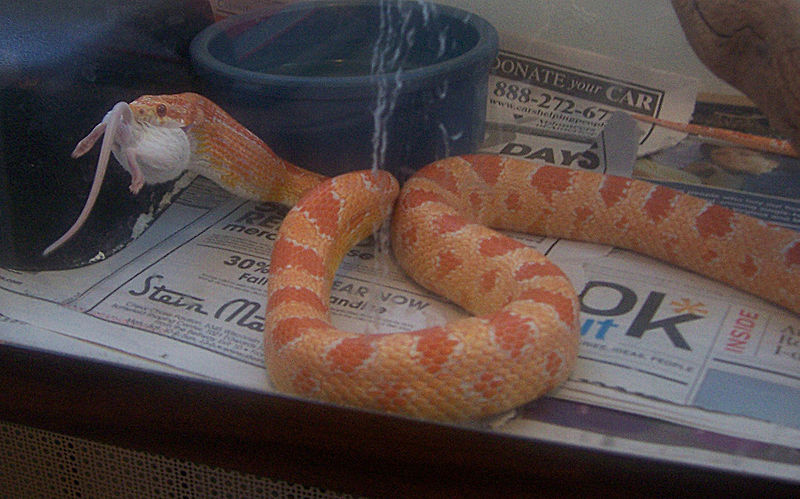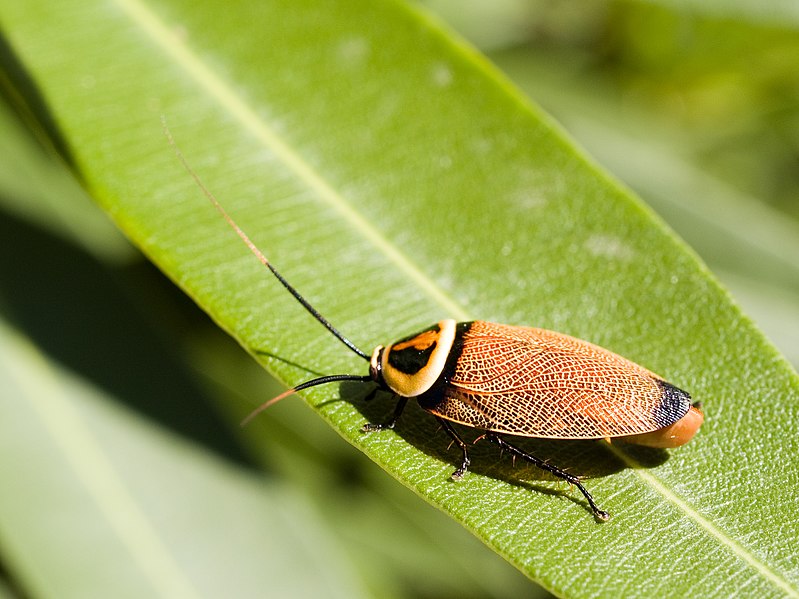 Twenty of the world’s 5,000+ lizard species have been shown to live in family groups (i.e. the Prehensile Tailed Skink, Corucia zebrata, and the USA’s Desert Night Lizard, Xantusia vigilis). Field studies have now revealed that one social lizard – Great Desert Skink or Tjakura, Liopholis kintorei – actually constructs complex, long-term dwellings and lives in extended family groups. Native to the red sand plains of central Australia, it is the only lizard known to exhibit such highly-evolved social behavior.
Twenty of the world’s 5,000+ lizard species have been shown to live in family groups (i.e. the Prehensile Tailed Skink, Corucia zebrata, and the USA’s Desert Night Lizard, Xantusia vigilis). Field studies have now revealed that one social lizard – Great Desert Skink or Tjakura, Liopholis kintorei – actually constructs complex, long-term dwellings and lives in extended family groups. Native to the red sand plains of central Australia, it is the only lizard known to exhibit such highly-evolved social behavior.
Natural History and Conservation
The Great Desert Skink is stoutly-built, much like the familiar Blue-Tongued Skink (please see photo) and sports rust to burnt-orange coloration that closely matches the red sands in which it lives; its Aboriginal name, Mulyamiji, means “red nose”.
The diet is comprised largely of beetles, spiders and other invertebrates, with termites being an important food source for part of their active season. Small snakes, lizards and some vegetation are also taken. Please click here to view a photo of this most attractive lizard.
The Great Desert Skink’s range has greatly decreased in recent years, and it is classified as Vulnerable by the Australian Government (please see article below for conservation plan).
Skink “Towns”
The degree of social behavior exhibited by the Great Desert Skink is unprecedented among lizards, and has shocked the herpetological community. Researchers from Macquarie University and Parks Australia have discovered that families comprised of a breeding pair and several generations of offspring cooperatively build complex tunnel systems which are occupied for at least 7 years.
Their subterranean homes have up to 20 entrances and separate latrine areas, and may cover an area spanning 50 feet or more. Tunnel construction and maintenance duties are carried out by family members based upon size, with the largest individuals doing most of the “heavy lifting”…all seem to contribute some effort, however.
Mate Fidelity and Family Ties
 Mated pairs of Great Desert Skinks remain together for years. Females seem to copulate only with their mate, but 40% of male skinks father young “outside” of their primary relationship. The young are born alive and remain within the tunnel system of their birth, with their parents and siblings, for several years. How and when they disperse and breed is being investigated.
Mated pairs of Great Desert Skinks remain together for years. Females seem to copulate only with their mate, but 40% of male skinks father young “outside” of their primary relationship. The young are born alive and remain within the tunnel system of their birth, with their parents and siblings, for several years. How and when they disperse and breed is being investigated.
Biologists hope that further studies of Great Desert Skink communities will reveal insights into the evolution of social behavior in reptiles and other creatures.
Further Reading
Natural History and Conservation of the Great Desert Skink (Australian Government Report)
Central Australia’s Red Sand Habitats
Social Behavior in the Prehensile-Tailed Skink
 Unprecedented declines in amphibian populations have been much in the news lately. Linked to a number of factors, including an emerging disease (Chytrid fungus infection), frog extinctions are being documented the world over, and herpetologists are scrambling to save those that remain. Yet the international trade in frog legs remains largely unregulated, and is considered by many to serve only a limited market for “exotic foods”. However, a recent report, Canapés to Extinction: the International Trade in Frog’s Legs (July 26, 2011) reveals the trade’s shocking volume and impact on frogs and their habitats.
Unprecedented declines in amphibian populations have been much in the news lately. Linked to a number of factors, including an emerging disease (Chytrid fungus infection), frog extinctions are being documented the world over, and herpetologists are scrambling to save those that remain. Yet the international trade in frog legs remains largely unregulated, and is considered by many to serve only a limited market for “exotic foods”. However, a recent report, Canapés to Extinction: the International Trade in Frog’s Legs (July 26, 2011) reveals the trade’s shocking volume and impact on frogs and their habitats. That Reptile Blog – Reptile, Amphibian and Exotic Pet Care and Information
That Reptile Blog – Reptile, Amphibian and Exotic Pet Care and Information





